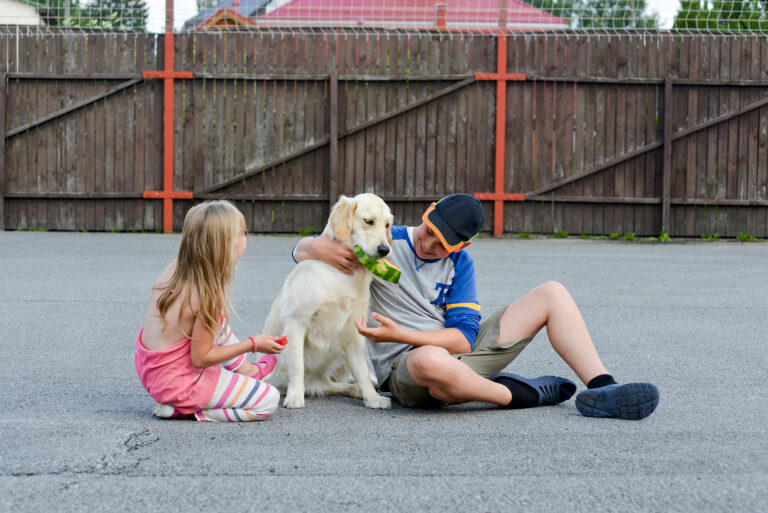Fostering a dog is one of the most impactful ways to help animals in need. It offers homeless dogs a safe, loving environment while they wait for their forever homes, and it provides crucial relief to overcrowded shelters and rescues. However, while fostering is rewarding, it also comes with responsibilities, emotional challenges, and daily commitments that every potential foster should understand before taking the plunge.
If you’re considering fostering a dog, here’s what you need to know about the reality of the experience and what to expect before you commit.
Table of Contents
What Does Fostering a Dog Involve?
At its core, fostering means providing a temporary home for a dog until they are adopted. Depending on the rescue organization’s policies, the duration can range from a few days to several months. Some dogs may be recovering from medical procedures, adjusting after being rescued, or needing basic socialization and training.
As a foster, you’ll be responsible for daily care tasks, including:
- Feeding
- Walking and exercise
- Basic training (like housebreaking or leash skills)
- Socializing the dog with people, other pets, and new environments
- Monitoring health and behavior
- Transporting the dog to vet appointments or adoption events
In many cases, shelters and rescues cover veterinary expenses and may provide food, supplies, and support. However, it’s essential to clarify expectations upfront.
Benefits of Fostering a Dog
Fostering is a deeply rewarding experience for several reasons. First, it gives a dog a much-needed break from the stress of a shelter environment. Many foster dogs flourish once they’re in a home, showing their true personalities and becoming more adoptable.
Secondly, fostering provides an opportunity for you to make a direct impact in the fight against pet homelessness. Every foster home opens up space in shelters for other animals in need, reducing overcrowding and saving lives.
It’s also a great way to enjoy the companionship of a dog without the long-term commitment of ownership. For individuals unsure about adopting, fostering offers a meaningful way to help while gaining insight into the responsibilities of pet care.
Challenges You Might Face
While fostering is rewarding, it’s not without its difficulties. Many foster dogs come from challenging backgrounds, and adjusting to a home environment may take time. Common challenges include:
- Behavioral Issues:
Some dogs may not be house-trained, may bark excessively, chew on furniture, or show fear or anxiety in new settings. It requires patience and consistency to help them adjust. - Emotional Attachment:
One of the hardest parts of fostering is saying goodbye. It’s easy to get attached after weeks or months of caring for a dog, and letting go when they find a permanent home can be emotionally tough. - Unexpected Time and Energy Demands:
Depending on the dog’s needs, fostering can require significant time, especially if they need medical care, rehabilitation, or training. You’ll need to dedicate time for vet visits, daily walks, socialization, and managing any behavioral challenges. - Possible Conflicts with Other Pets:
Introducing a foster dog to your existing pets requires careful management. Not all dogs get along immediately, and you may need to keep them separated at first or supervise interactions closely.
Preparing Your Home and Lifestyle
Before fostering, assess your living situation and daily routine. Ensure you have the space, time, and flexibility to meet a dog’s needs. Secure areas where the dog can stay safely, and remove any hazards.
Talk with family members or housemates about expectations, and ensure everyone is on board. If you have other pets, discuss the best approach to introductions with the shelter or rescue organization.
Questions to Ask the Rescue Organization
Before fostering, clarify:
- What expenses are covered (food, medical care, supplies)?
- What kind of support is provided?
- What happens if the foster dog is not a good fit for your household?
- How long is the average foster period?
- Are there specific behavioral or medical needs for the dog?
Knowing these details upfront will help you feel more prepared and supported throughout the process.
In Conclusion

Fostering a dog is a selfless act that can change a dog’s life—and often, your own. It requires time, patience, and a willingness to face challenges, but the reward of seeing a dog thrive and find their forever home is immeasurable.
If you’re ready to open your home temporarily and offer love and care to a dog in need, fostering might be the perfect way to make a lasting difference.







